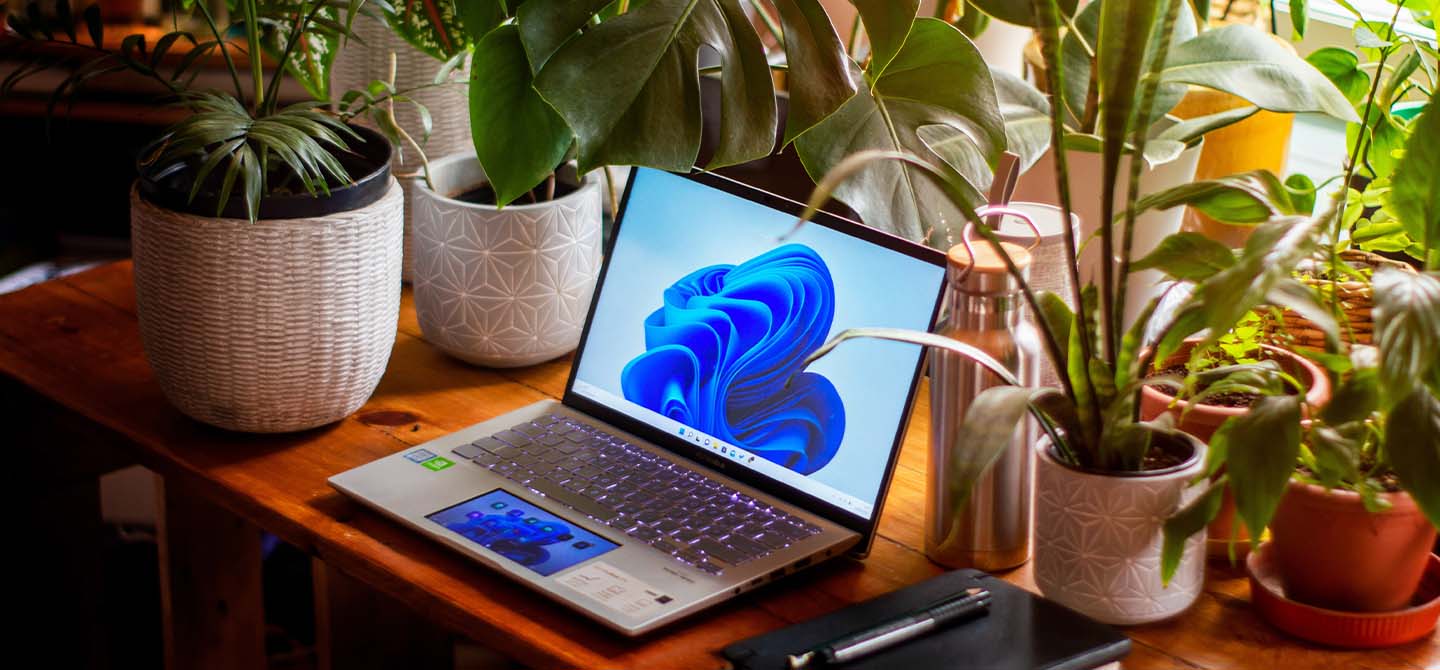Menu
If you are developing or inventing a unique product it is important to register the design to deter copycats and protect your valuable commercial assets. A design is the overall appearance of a product and is a form of intellectual property that can be registered under the Designs Act 2003 (Cth). Registration gives you the right to use, license and sell your design.
Any eligible person can file a design application online using eServices as long as the application specifies your entitlement to be the owner of the design registration.
Note that you can have both a registered design and a patent. They compliment each other but serve different purposes. If you want functional protection this can be achieved using the patent process. However, a patent cannot protect innovations in the form of improvements to the non-functional appearance of a product. Thus, appearance is protected by registering design.
Who Is Eligible?
You are eligible to register the design if you are:
- The person who conceived the design (the author)
- The employer of the author, if the author made the design in the course of their employment
- The person who contracted the author ot make the design
- The person the author has assigned the design to be in writing
- Where two or more people own interests in the design, must be applied jointly.
Note: designs cannot be registered by a trading name.
How to Qualify as Registrable
In Australia, a design must be new and distinctive to qualify as registrable. If the design has not been publicly used in Australia or published in a document within or outside Australia it can qualify as ‘new’. For a design to be ‘distinctive’, it must not be substantially similar in overall impression to other designs already in the public domain. Essentially, originality and innovation play a big part in determining whether a design is registrable.
Application Process
Before filing…
It is helpful to conduct a search of existing registered designs before filing a design application in order to ensure your design is new and distinctive and to prevent potential future legal action concerning infringement.
Representation…
The application requires a representation of the design which may be drawings, photographs or digital images. Actual samples will only be accepted if the sample can be easily stored with other documents. Submitted representations must be an accurate and complete illustration of your design.
How many designs per application?
Generally, it is a single design for each application. However, a single design application may be made in respect of multiple designs only when they are all in relation to one product. If the multiple designs are in relation to more than one product then a single application will only be allowed if each said product belongs to the same Locamo class. The number of designs in the application and the products to which the design relates to should be clearly signalled in writing on the application form.
Duration of protection
Registration initially protects your design for five years from the date the application was filed. However, you have the option to renew for another five years. Failing to renew at the end of the five year period will result in the registration being ceased meaning the design will pass into the public domain for anyone to use. The protection given by registration takes effect from the priority date, which is usually the filing date. The maximum term of a registered design is 10 years.
Benefits Of Registering
The protection registration provides is the ultimate benefit. As a register owner, you have the exclusive right to use the design specified in your registration. The registered design is considered ‘personal property’ that can grow in value and be sold. Protected at law from people stealing your ideas.
Owning a registered design affords the right to enforce your design against others once it has been examined and a certificate of examination has been issued. Thus, registration discards many risks allowing your design to be a secured valuable commercial asset.
Publication Rather Than Registration
An alternative option to registration is publication. Upon filing the application or within six months of the priority date, you must request either registration or publication of each design otherwise your application will lapse.
Publication is less comprehensive because it does not provide any exclusive or enforceable rights to the design. However, it prevents others from registering the same or substantial similar design as the design will no longer be considered new or distinctive. Therefore, serves a strategic purpose because it prevents others from gaining any rights to the design.
Final Takeaways…
A design is not enforceable until it has been registered, examined and certified. Remember the design must be new and distinct and after your design is filed only very limited changes are allowed.
Your design is not automatically registered upon filing application. You can only claim that the design is registered once you have received a certificate of registration. Important to renew your registration within the initial five years or your registration will cease.
If you would like to speak with our IP lawyers, just contact us via 1300 337 997 or by filling out the contact form.





